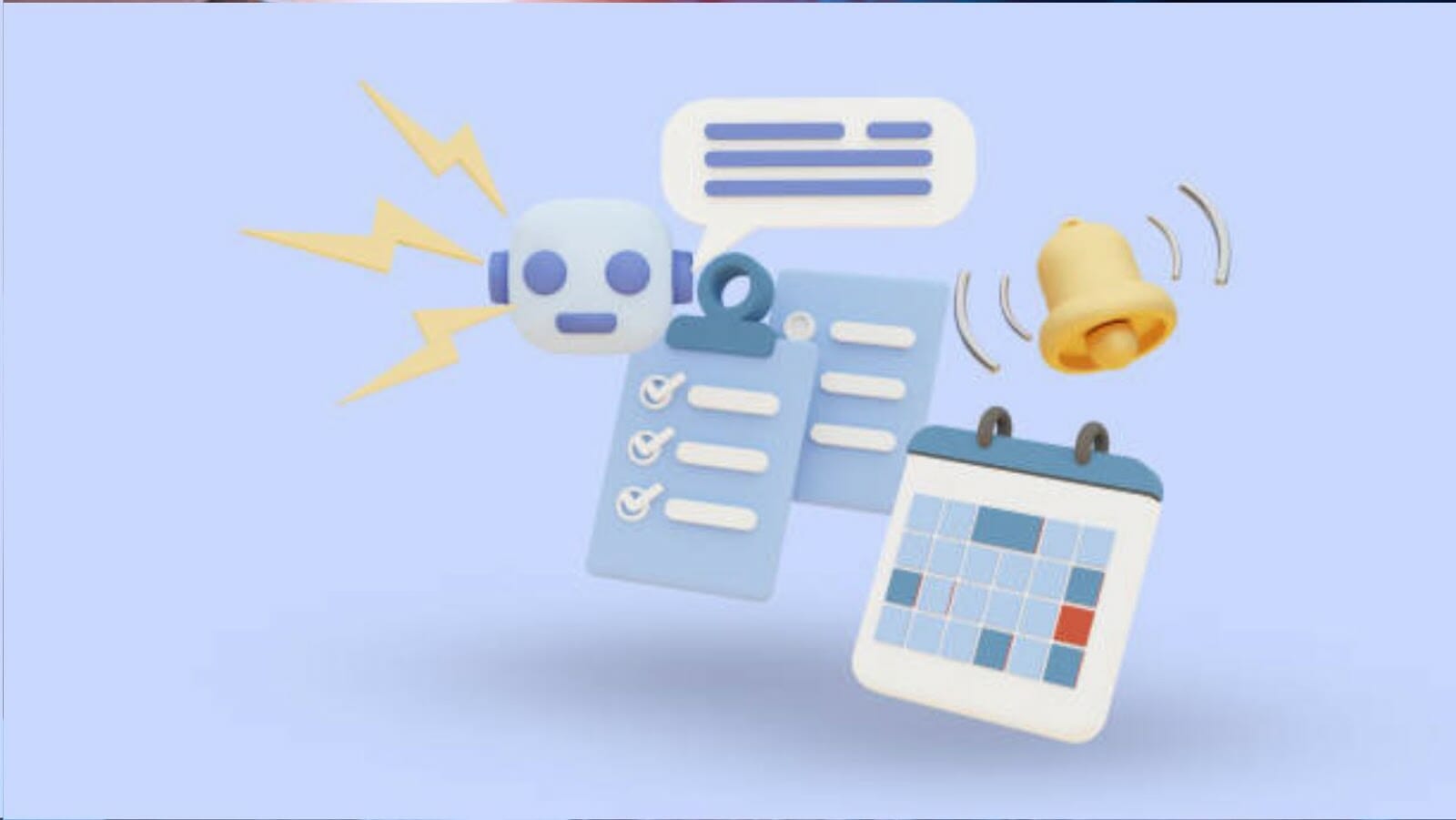Twitter is a versatile platform that can be used for personal use in various ways. Here are some tips on how to use Twitter effectively for personal use:
1. Follow people and accounts that interest you: Twitter is about following accounts and sharing content and updates relevant to your interests. Therefore, be selective and follow only those accounts that add value to your experience.
2. Engage with other users: Twitter is a social media platform, meaning engagement is key. Comment and reply to other users’ tweets to build relationships and connect with like-minded people.
3. Share your content: Twitter is a great place to share your content, whether it’s a blog post, a photo, or a video. Just ensure it’s relevant and adds value to your followers’ experience.
4. Use hashtags: Hashtags are a great way to discover and join conversations on Twitter. Use popular hashtags related to your interests to expand your reach and connect with more people.
5. Be authentic: Finally, being yourself is the key to using Twitter effectively for personal use. Share your genuine thoughts and opinions, and don’t be afraid to let your personality shine through in your tweets.
Pro tip: Take advantage of Twitter’s lists to feature to organize your followers and keep up with the conversations that matter most to you.
Getting Started with Twitter
Twitter can be an incredibly powerful tool for personal use, enabling users to keep in touch with friends, follow their favorite celebrities and stay informed on news and current events. But before you can begin to tweet and be socially active, it’s important to know the basics of the platform.
In this article, we’ll outline the steps for getting started with Twitter and provide some tips for getting the most out of the platform.
Creating A Twitter Account
Creating a Twitter account is a quick and easy process that anyone can do in just a few simple steps.
Here is a guide to help you get started with Twitter for personal use:
1. Go to the Twitter website and click the “Sign-Up” button.
2. Provide your full name, phone number, email address, and a secure password.
3. Once you have completed all the required details, click the “Create Account” button to move forward.
4. On the next page, Twitter will ask you to enter your date of birth – this is necessary to ensure you are over 13 years old before allowing you to use the platform.
5. After selecting your date of birth, click “Next” and move to the next step.
6. Here, Twitter will allow you to customize your account by suggesting people follow or topics that interest you, or you can skip this step and do it later.
7. Voila! You have successfully created a Twitter account and can start using it to follow your favorite accounts, participate in hot trending topics, and express your thoughts and opinions to the world.
Optimizing Your Twitter Profile
Your Twitter profile is a chance to make a strong first impression on potential followers or connections. Here are some tips for optimizing your Twitter profile for personal use:
1. Profile Photo – Use a clear and professional photo representing you or your brand.
2. Cover Image/Banner – Customize the banner image with an image of your choice; this illustrates your personality, brand, or interests more creatively.
3. Bio – Your bio section should summarize your specialty or skill and be concise and interesting.
4. Location and Website – Add your location, and a website link to your blog or webpage would be beneficial.
5. Follow and Interact – Connect with others by following relevant accounts and starting conversations with them.
Optimizing your Twitter profile is crucial in establishing your brand and gaining followers. Follow these guidelines to ensure your profile is the best representation of you!
Understanding Twitter Terminology
Twitter can be overwhelming for new users with its unique terminology. Here are some of the essential terms you should understand to get started on Twitter:
Tweet: A 280-character message that can include text, photos, videos, and links.
Retweet (RT): Sharing someone else’s tweet with your followers.
Hashtag (#): A way to categorize and make tweets more discoverable.
Mention (@): Tagging another user in your tweet by including their username preceded by the @ symbol.
Direct message (DM): A private message sent to another user who follows you.
Follow: To subscribe to someone’s tweets and see them in your timeline.
Feed: A stream of tweets from the users you follow.
Whether for finding the latest news, networking, or entertainment, Twitter can be a valuable tool for personal use if you familiarize yourself with these terms.
@asuka001100
Twitter is a great platform for personal use, and there are some simple tips and tricks to help you build your following.
When you set up your account, you need to consider why you want to use it, who you want to follow, and how you want to share your content.
Let’s take a look at how to use Twitter for personal use.

Following Relevant Accounts
Building your Twitter following begins with following relevant accounts that align with your interests and personal brand.
Here are some tips to help you get started:
1. Research relevant accounts in your niche or industry using hashtags, keywords, or advanced search options to find and follow accounts with similar interests and values.
2. Engage with the accounts you follow by liking, retweeting, and replying to their tweets to strengthen your relationship and build your presence on Twitter.
3. Consider using Twitter lists to organize the accounts you follow and keep track of relevant conversations, breaking news, or trends.
By continually following and engaging with relevant accounts, you can establish a strong
network on Twitter that helps you grow your brand and be part of a like-minded community.
Pro Tip: Try to balance following a mix of popular and niche accounts that align with your interests to provide a diverse range of content on your feed.
Identifying and Following Influencers
One of the best ways to build your Twitter following for personal use is by identifying and following influencers in your niche. An influencer has a large following and shares valuable content that resonates with your interests.
Here are some steps to identify and follow influencers:
First, determine your niche and interests.
Search for keywords related to your niche in the Twitter search bar.
Look for accounts with a blue checkmark next to their name, indicating that they are verified statements.
Check the number of followers and engagements on the accounts, and read their latest tweets to ensure that their content aligns with your interests.
Follow the accounts, engage with their tweets, and share their content with your followers.
Pro tip:
- Engaging with influencers by commenting.
- Liking.
- Retweeting their tweets can help you build a relationship and increase the visibility of your Twitter account.
Promoting Your Twitter Account
Twitter is a powerful social media platform that allows individuals to share their thoughts, connect with other users, and promote their brands. Here are some effective tips for promoting your Twitter account and building a strong following.
1. Optimize your Twitter profile with a clear profile picture, cover photo, and bio that reflects who you are and what you do.
2. Tweet regularly about topics that interest you and that you want to be known for.
3. Use relevant hashtags to reach a wider audience and join conversations about your interests and industry.
4. Engage with other users by retweeting, liking, and replying to tweets that catch your attention.
5. Share your Twitter handle on other social media profiles, email signatures, and business cards to increase visibility.
By following these tips, you can effectively promote your Twitter account and grow a strong following on the platform for personal use.
Pro Tip: Remember that the content you share must align with your brand and interests.
@tiaradoraho2018
Twitter provides a great platform to create and share content with others. So whether you want to share your thoughts, pictures, videos, or links with your followers or engage in conversations with others, Twitter is the perfect platform.
In this article, we’ll discuss the best ways to use Twitter for personal use.
Tweeting Regularly
To use Twitter primarily for personal use, you must tweet regularly to keep your followers engaged.
Here are some tips for creating and sharing content on Twitter:
– Share updates about your personal life and interests.
– Retweet interesting articles or posts from other users.
– Participate in trending topics or hashtags relevant to your interests.
– Ask your followers questions and engage with their responses.
– Use multimedia such as photos and videos to make your tweets visually appealing.
By tweeting regularly and engaging with your followers, you can build a stronger personal presence on Twitter and connect with like-minded individuals.

Tweeting High-Quality Content
Twitter can be an excellent platform for sharing high-quality content with your followers. Here are some tips for creating and sharing content on Twitter for personal use:
1. Use catchy headlines and brief descriptions to grab your followers’ attention and entice them to click on your content.
2. Share various content types to keep your followers engaged and interested, including articles, images, videos, and GIFs.
3. Utilize hashtags to make your content more discoverable to people interested in your topic.
4. Retweet and reply to content from other users in your industry or niche to build relationships and establish yourself as a thought leader.
5. Monitor your Twitter analytics to see which types of content perform well and adjust your strategy accordingly.
Remember, Twitter is a fast-paced platform, so post frequently and stay engaged with your followers.
Using Hashtags Effectively
Hashtags are essential for making your content discoverable by the right audience on Twitter when using the platform for personal use. Here are a few tips on how to use hashtags more effectively:
Keep it concise: Use only relevant hashtags for your tweet. Using too many unrelated
hashtags may confuse or even deter your target audience.
Do your research:
- Use existing popular hashtags.
- Create unique ones that stand out.
- Enable your tweet to be categorized appropriately.
Be specific: Use hashtags that cater to your tweet, such as industry-related or trending keywords.
Engage with your audience: Participate in Twitter chats and trends to expand your reach and interact with people.
Remember to avoid using hashtags for spamming, as it may harm your online reputation. Pro Tip: Using hashtags sporadically can increase the chances of your tweet getting more impressions, while using irrelevant or cliche hashtags may deter your target audience from engaging with your content.
@honey_2s
Twitter is an amazing tool for connecting with people in your niche and with potential customers. By engaging with your Twitter community, you build relationships and get exposure for your business.
In this article, we’ll look at some strategies for using Twitter for personal use and make the most of it.
Responding to Mentions and Direct Messages
Engaging with your Twitter community is essential to using Twitter for personal use. Responding to mentions and direct messages is crucial to building relationships and keeping your followers engaged.
Here are some tips to follow:
Respond promptly: When someone mentions you or sends you a direct message, respond
as soon as possible to keep the conversation going.
Be polite and professional: Always respond respectfully and courteously, even if you receive negative feedback or criticism.
Customize your responses: Personalize them to show your followers that you value their opinions and appreciate their interactions.
Use emojis: Emojis add a fun and lighthearted touch to your responses and help convey emotions and tone.
Be bold and ask questions: Asking questions is a great way to keep the conversation
going and get to know your followers better.
By following these tips, you can successfully engage with your Twitter community, build meaningful relationships, and establish yourself as an active and valued member of the Twitterverse.
Retweeting and Sharing Content from Others
Retweeting and sharing content from others is an effective way to engage with your Twitter community and build a valuable network for personal use.
Here are some tips for how to retweet and share content from others:
- Look for content that aligns with your interests and audience.
- Always credit the original poster by including their handle in your retweet or mention in your shared post.
- Add your thoughts and comments to the retweet or shared content to create a conversation with your community.
- Use relevant hashtags to amplify the reach of your post and make it more discoverable.
- Be mindful of the content you share and ensure it aligns with your brand and values.
By regularly retweeting and sharing content from others on Twitter, you can effectively engage with your community and establish yourself as a valuable platform member.

Participating in Twitter Chats
Participating in Twitter chats is a great way to engage with your Twitter community and explore new topics while using Twitter for personal use. Twitter chats are online conversations that revolve around a specific hashtag at a particular time. Participants tweet their thoughts and opinions on the topic using the hashtag, making it easy to connect with others who share their interests.
Here’s how you can participate in Twitter chats for personal use:
1. Find Twitter chats that align with your interests by browsing directories like Tweetchat or Twitter Chat Schedule.
2. Mark the date and time of the chat you want to participate in on your calendar.
3. When the chat begins, introduce yourself and join the conversation by tweeting with the designated hashtag.
4. Engage with other participants by retweeting and replying to their tweets.
Regular Twitter chats can help you expand your network, learn new things, and have fun while using Twitter for personal use.
Measuring Success on Twitter
If you’re using Twitter for personal use, measuring your success to continue improving your presence on the platform is important. It’s useful to track various metrics, such as the number of followers you have, the number of tweets you post, the number of retweets you get, and the amount of engagement your posts generate.
In this article, we will discuss how to measure success on Twitter and use that information to get the most out of your personal Twitter account.
Analyzing Your Twitter Analytics
Analyzing your Twitter analytics is an essential step towards measuring success on Twitter, especially for personal use.
Here are some ways to make the most out of your Twitter analytics:
1. Track your follower count and engagement rate. The follower count indicates how many people you reach through your tweets, while the engagement rate measures how many people interact with your tweets. Together, they can give you a sense of your Twitter reach and influence.
2. Look for patterns in your top-performing tweets. For example, what kind of content resonates with your followers? Do they prefer text-only tweets or tweets with photos or videos? Analyzing your top tweets can help you fine-tune your Twitter content strategy.
3. Track your mentions and replies. This will help you see which tweets get the most attention and which fall flat.
4. Monitor your follower’s demographics, such as age, gender, and location. This can help you understand your target audience and tailor your tweets to their interests.
Regularly analyzing your Twitter analytics enables you to make informed decisions about your Twitter content, engagement, and outreach.
Adjusting Your Twitter Strategy Based on Results
Adjusting your Twitter strategy based on results is crucial to ensure your personal Twitter account is optimized for maximum success.
Here’s what you need to do to measure your success on Twitter:
First, track your follower count, engagement levels, and the number of retweets, likes, and comments you receive on your tweets.
Pay attention to which types of content generate the most engagement, such as photos, videos, or links to articles.
Analyze the demographics of your followers to identify trends and discover what interests your followers the most.
Experiment with different Twitter strategies, such as tweeting at other times of the day and using hashtags to expand your reach.
Use Twitter analytics to monitor your progress and adjust your strategy accordingly.
Remember that success on Twitter is not just about the number of followers but also the quality of engagement. Analyzing your results and adjusting your strategy can create a successful and engaging personal Twitter presence.
Using Third-Party Tools for Twitter Analytics
Using third-party tools for Twitter analytics can be a great way to measure your success on Twitter, especially if you want to use Twitter for personal use.
Many third-party tools can help you analyze various metrics like engagement rates, follower growth, tweet performance, and more. Some popular Twitter analytics tools include Hootsuite, TweetDeck, Followerwonk, and Buffer.
You must connect your Twitter account and provide authorization to use these tools. Once you have access, you can track multiple accounts, monitor hashtags and keywords, schedule tweets, and view detailed reports on your Twitter activity.
Using third-party tools for Twitter analytics can help you better understand your audience, track your progress, and optimize your strategy for maximum impact. It’s an essential step for anyone looking to use Twitter for personal use or to build their online presence.
Pro Tip: Choose the tool that suits your specific needs and goals for Twitter, and make data-driven decisions based on the insights you gain.


